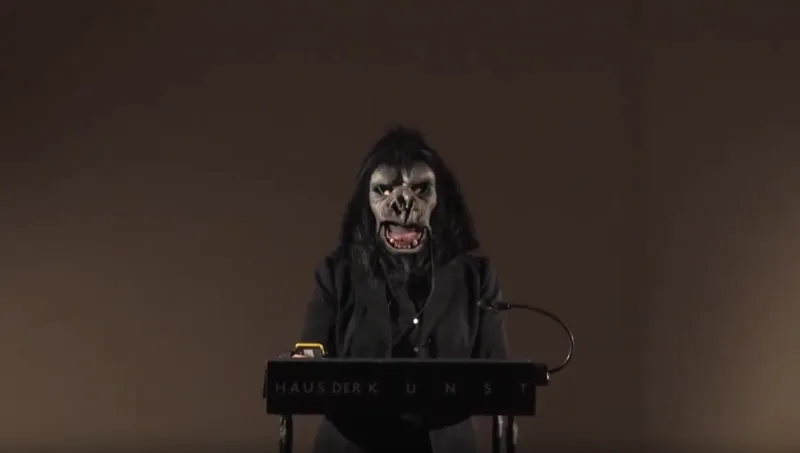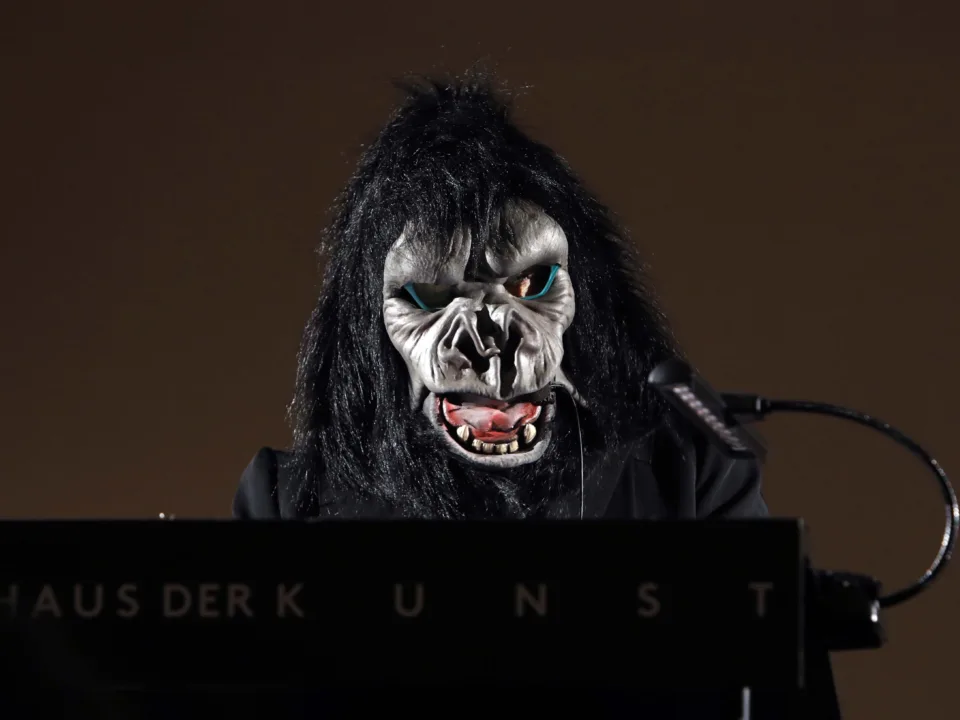The Guerrilla Girls, founded more than thirty years ago in New York, are now among the icons of feminist activism in the international art world. We talked to “Käthe Kollwitz” one of the founders about feminism, the story of the performance group and the upcoming performance at Haus der Kunst.
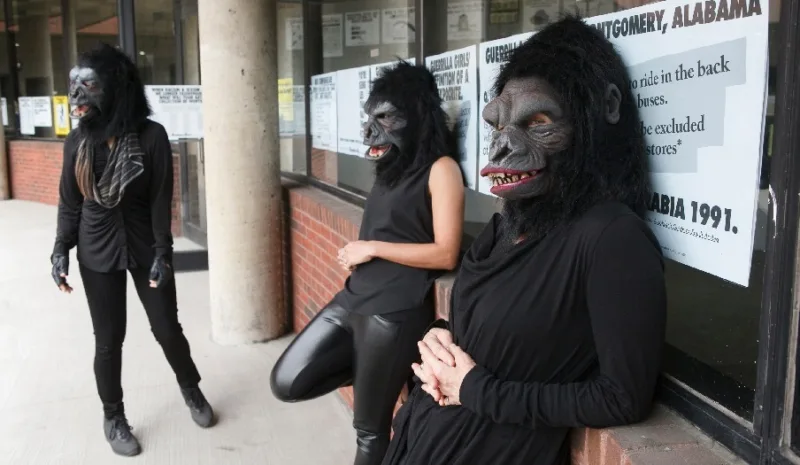
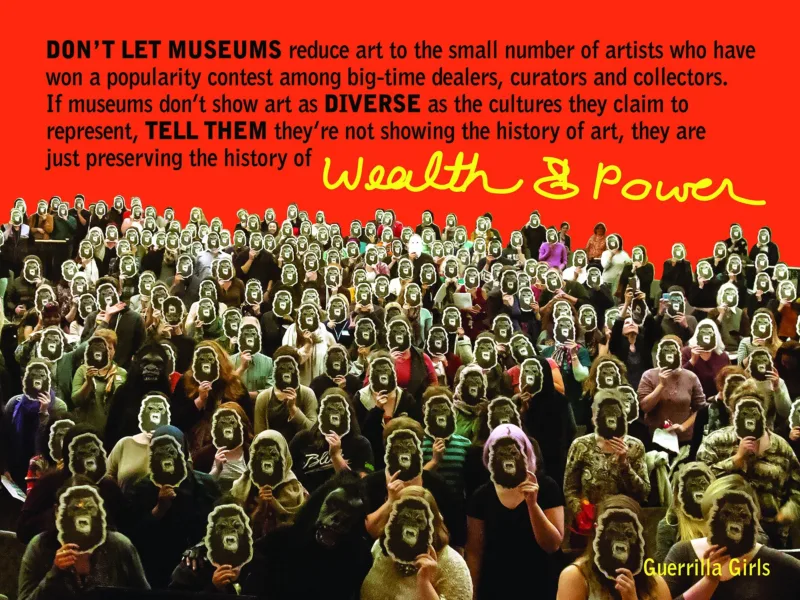
Haus der Kunst: The Guerrilla Girls have been appearing anonymously with gorilla masks since the 1980s, as pseudonyms you have chosen the names of deceased artists. Why do you call yourself "Käthe Kollwitz", what connects you to her and her art?
Käthe Kollwitz: We take the name of dead women artists to honor them. I chose Kathe Kollwitz because she was a political artist who took on many issues affecting peoples lives, including workers' issues, womens’s issues, and war.
HDK: For more than 30 years, your performances, posters, workshops, and lectures have been subversively critical of the patriarchal power structures of the art world. How has the art world changed in comparison to the 1980s, when the Guerilla Girls were founded? And would you rate these changes above all as positive or do you also see negative developments in retrospect?
KK: It is always two steps forward, one step back, but these days we do feel that something is happening: No longer can culture ignore the voices of women and people of color. Many galleries and museums are trying to do better, but most have a long way to go.
HDK: The lecture performance you will be giving at Haus der Kunst is entitled "The Art of Behaving Badly". To what extent is bad behavior a form of resistance for the Guerrilla Girls? And what bad behavior can the audience expect in the lecture performance?
KK: I may not behave badly during my talk, but the work itself behaves badly! To us "Behaving Badly" means creating posters, books, installations and videos that have the the to power change people's minds about social and political issues. We use facts and humor in an unforgettable, outrageous, in-your-face way. Its the work that inspires thousands of people all over the world, aged 8 to 80, to write us saying they are using our work as a model for their own activism.
HDK: The work of renowned feminist avant-garde artists of the 1970s, such as Martha Rosler, Nancy Spero, Ana Mendieta, and not least Miriam Cahn, has for some time been receiving increasing international recognition in comprehensive solo exhibitions at major institutions. Why is their artistic work still so important? And what makes the work of the Guerrilla Girls still necessary in this context?
KK: There are so many great women artists, but not enough have been recognized. Luckily this is changing, and we are partly responsible for that change. Seeing a deep, unique body of work like Miriam Cahn's is an indelible experience. The Guerrilla Girls thank Miriam Cahn, Jana Baumann, and everyone at Haus der Kunst for inviting us to speak at the Haus der Kunst during Miriam's great exhibtion.
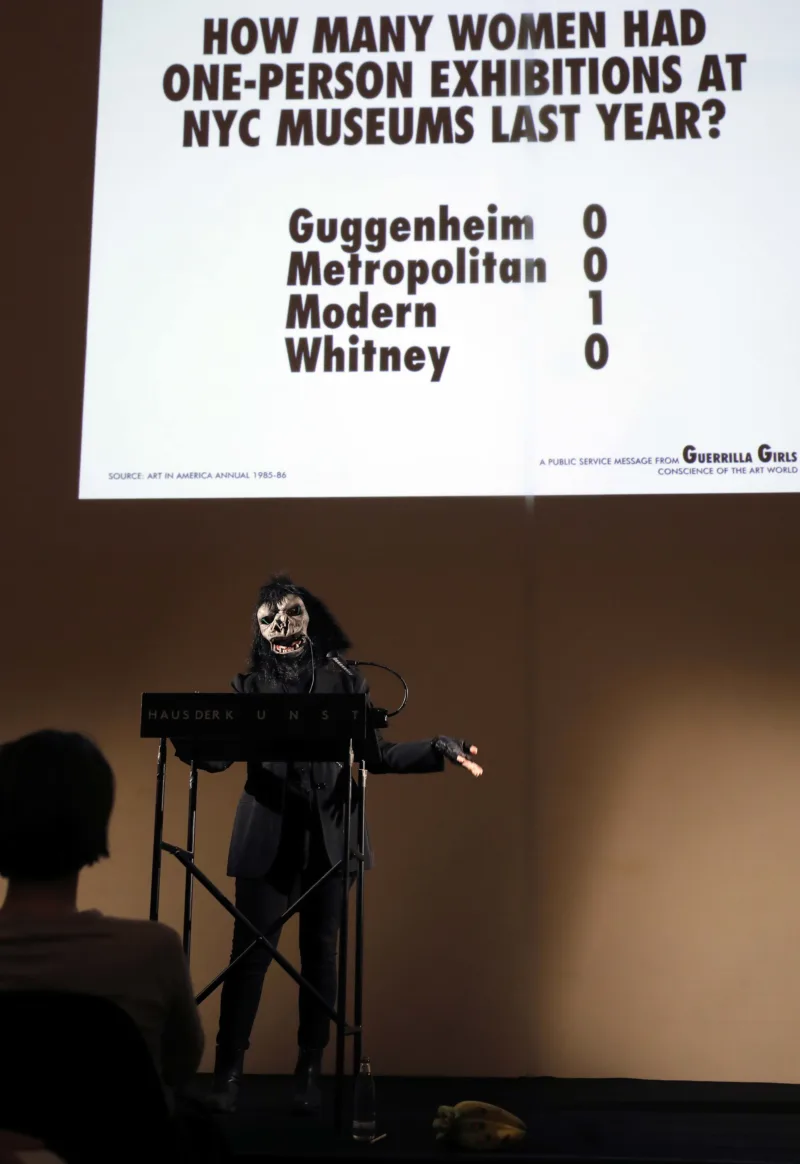
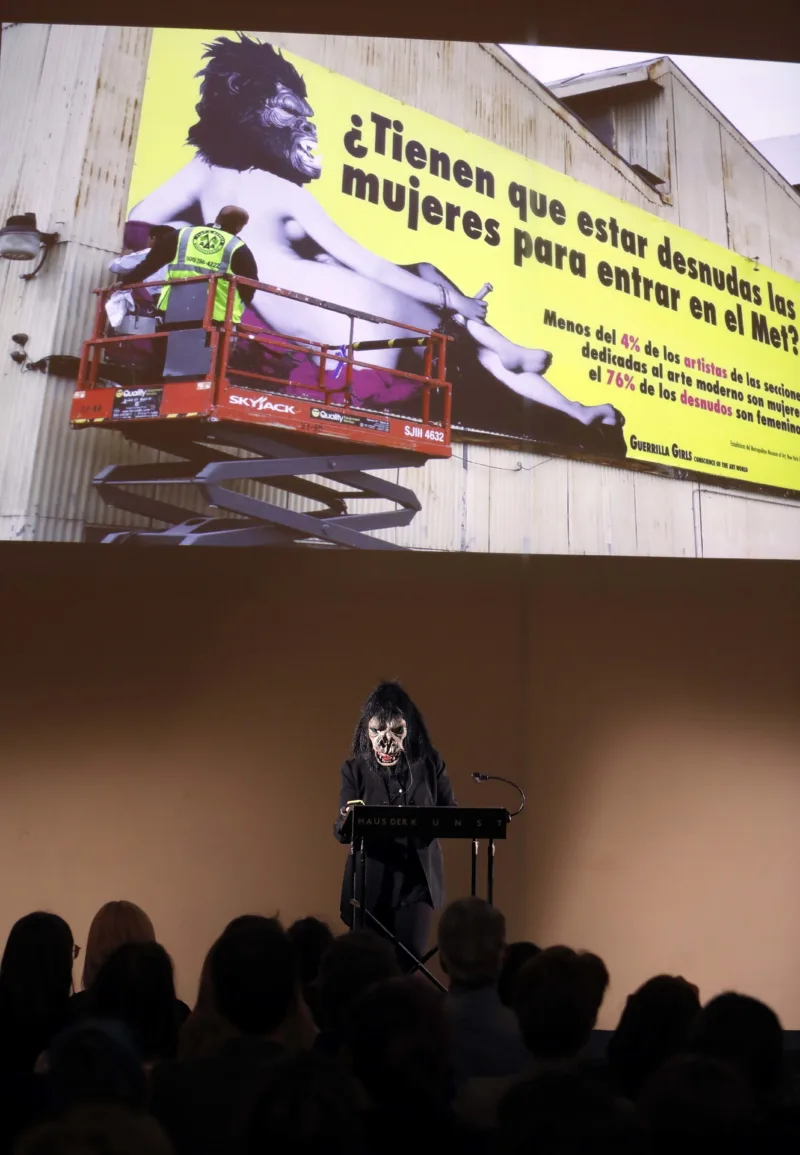
Lisa Paland is working as an Assistant Curator at Haus der Kunst.
